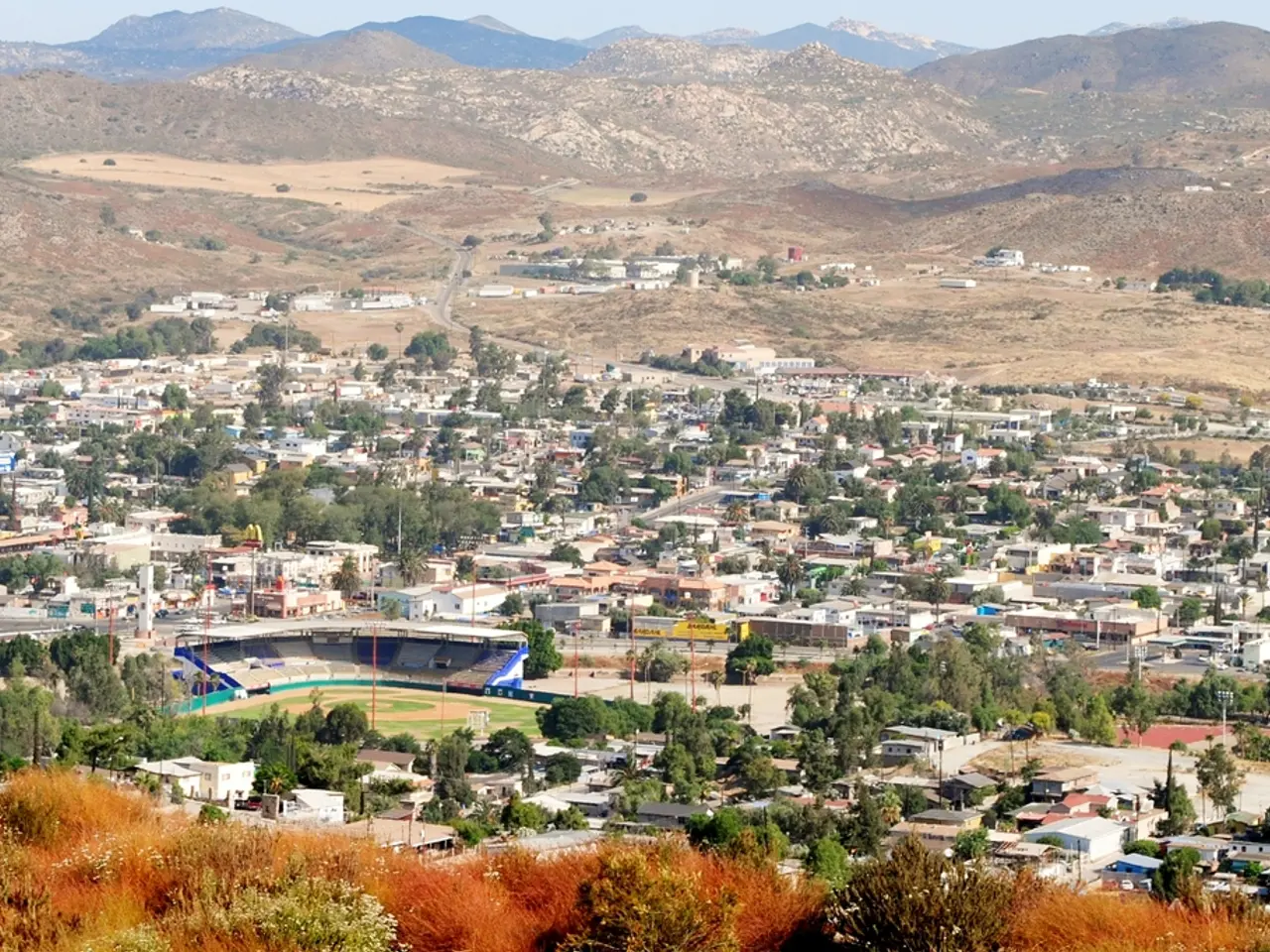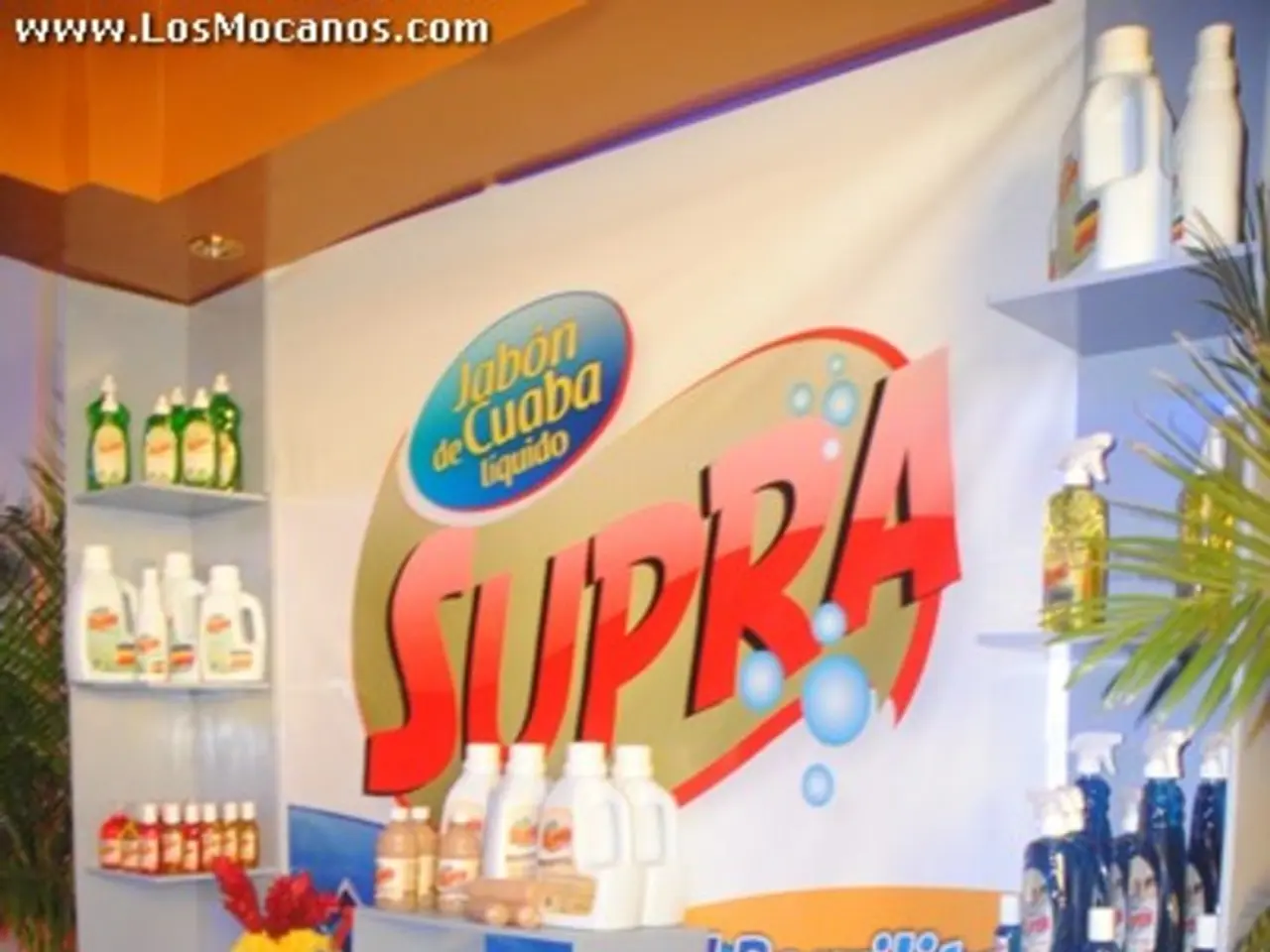Chlor-Alkali Market Set to Exceed US$88.1 Billion, Projected Annual Growth Rate of 4.2%
The global chlor-alkali market is on a steady growth trajectory, with a current valuation of around USD 74.65 billion in 2025 and forecasted to expand at a compound annual growth rate (CAGR) of approximately 4.3-4.5% through the next decade, reaching up to about USD 164.9 billion by 2034.
Tosoh, a prominent player in the chemical industry, has announced its decision to cease production of sodium sulfate by the end of 2024 as part of a strategic move to streamline its chemical portfolio. Meanwhile, Westlake is expanding its footprint with a new chlor-alkali facility under construction at Geismar, Louisiana, aiming to increase its annual chlorine capacity.
The Asia-Pacific region continues to lead the market, accounting for around 45.2% share as of 2022, driven by rapid industrialization, infrastructure development, and rising water treatment needs. China remains the primary contributor to the regional output. In contrast, North America focuses on high-end, advanced chlor-alkali products, with strong exports and stringent environmental regulations prompting technological adoption like membrane cell processes. Europe leads in sustainable and environmentally friendly production techniques, while Latin America, Middle East, and Africa are also experiencing steady growth.
Key chlor-alkali derivatives, such as polyvinyl chloride (PVC), ethylene dichloride (EDC), caustic soda, alumina, and titanium dioxide, play an essential role in the market's growth. Increased water treatment demand globally due to urbanization and stricter quality regulations, rising environmental concerns encouraging technology shifts to more energy-efficient processes like membrane cells in developed regions, and the growing importance of hydrogen, a by-product, in the emerging green energy market are other growth drivers.
Notable developments include Formosa Plastics USA's chlor-alkali production unit earning Platinum level recognition for operational excellence and safety, and lifting an earlier force majeure for chlor-alkali due to recovery from a weather disruption. Westlake has also received Diamond Level recognition from the Chlorine Institute for safety excellence in its chlor-alkali unit.
OxyChem, a leading chlor-alkali producer, has not reported recent new chlor-alkali capacity, but its subsidiary 1PointFive has signed a CO2 offtake agreement and is exploring a direct air capture JV with ADNOC’s XRG in South Texas. Southeast Asia is making a swift transition from mercury cells to membrane cell technology, and Solvay is collaborating with ENOWA (NEOM) to develop a large carbon-neutral soda ash plant in the Middle East.
India experienced robust growth in the textile and detergent industries in 2024, with the pulp and paper industry representing the largest end-use segment, holding a 26.7% market share. Solvay has also signed a technology license agreement to enable a hydrogen-peroxide megaplant in Qinzhou, China.
In summary, the global chlor-alkali market is poised for consistent, moderate growth propelled by industrial expansion, regulatory shifts towards sustainability, and broadening applications across chemical, water treatment, and energy sectors, with Asia-Pacific as the dominant regional driver.
[1] Market Study Report LLC, "Chlor-Alkali Market - Global Industry Size, Share, Trends, Opportunity, and Forecast, 2019-2027" [2] Grand View Research Inc., "Chlor-Alkali Market Size, Share & Trends Analysis Report By Technology (Membrane Cell, Diaphragm Cell, Mercury Cell), By Product (Chlorine, Caustic Soda, Hydrogen Peroxide, Sodium Hydroxide, Sodium Chlorate), By Application (Pulp & Paper, Water Treatment, Textiles, Pharmaceuticals), And Segment Forecasts, 2021 - 2028" [3] ResearchAndMarkets.com, "Global Chlor-Alkali Market to Reach USD 88.1 Billion by 2034 at a CAGR of 4.2%" [4] Business Wire, "Westlake Chemical Reports First Quarter 2023 Results" [5] Reuters, "Tata Chemicals posts Q1 net profit up 14.5%, beats Street estimates" [6] Chemical Week, "Tosoh to cease production of sodium sulfate by end-2024" [7] Chemical Week, "Westlake to build new chlor-alkali facility at Geismar, Louisiana" [8] Chemical Week, "Tosoh partners with Kinaxis for AI-powered supply chain transformation" [9] Chemical Week, "Formosa Plastics' chlor-alkali unit earns Platinum level recognition for operational excellence and safety" [10] Chemical Week, "Formosa Plastics lifts force majeure for chlor-alkali due to recovery from weather disruption" [11] Chemical Week, "China remains primary contributor to regional chlor-alkali output in 2024" [12] Chemical Week, "In 2024, caustic soda led the Chlor-Alkali Market with a 49.6% share" [13] Chemical Week, "OxyChem remains a leading chlor-alkali producer but has not reported recent new chlor-alkali capacity" [14] Chemical Week, "Southeast Asia making swift transition from mercury cells to membrane cell technology" [15] Chemical Week, "India experienced robust growth in the textile and detergent industries in 2024" [16] Chemical Week, "The pulp and paper industry represented the largest end-use segment, holding a 26.7% market share in 2024" [17] Chemical Week, "Solvay collaborates with ENOWA (NEOM) to develop carbon-neutral soda ash plant in Middle East" [18] Chemical Week, "Solvay signs technology license agreement for hydrogen-peroxide megaplant in Qinzhou, China"
[1] In the field of finance, it is worth noting that Westlake Chemical reported its financial results for Q1 2023, providing updates on its growth initiatives such as the construction of a new chlor-alkali facility in Louisiana.
[2] As energy-efficient production techniques gain importance in both developed and developing regions, the chlor-alkali market, particularly in North America, is witnessing increased adoption of membrane cell processes to reduce energy consumption and meet stricter environmental regulations.




